Until recently the Brazilian ambassador to Ireland lived in Esterel, a fine Victorian villa built in the 1870s on a plot that was once part of the demesne of Old Rathmines Castle.
The early maps are fascinating; that of John Rocque (1760) shows a largely-rural area between Upper Rathmines and Milltown that was owned by the Temple family in the 18th century.
He denotes the residence of a lord chief justice; in 1746 Henry, the first Viscount Palmerston, leased it to the Right Hon William Yorke, Chief Justice of the Common Pleas in Ireland.
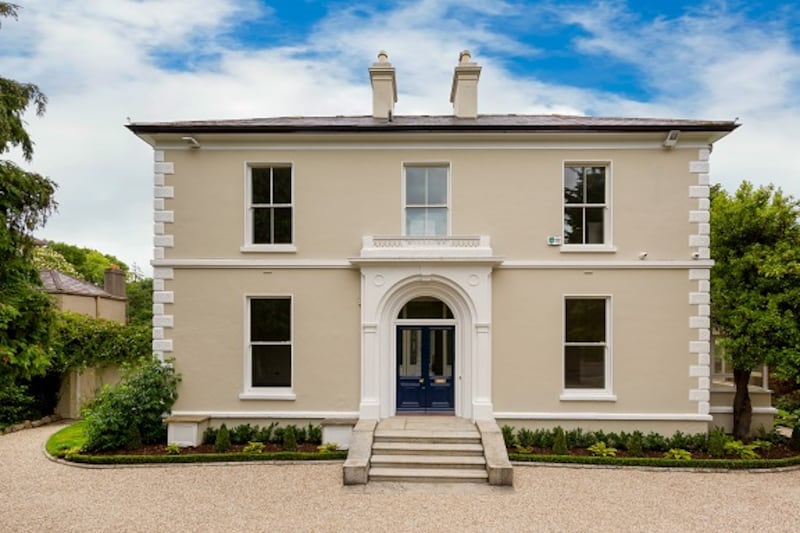
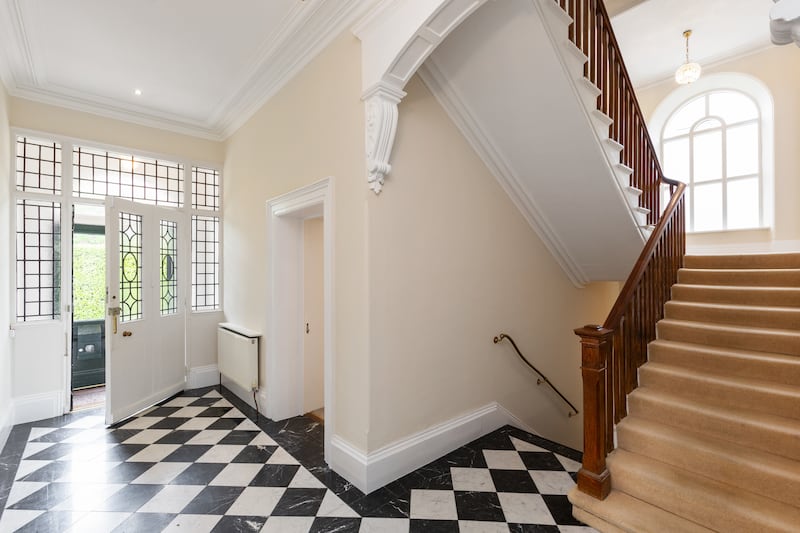
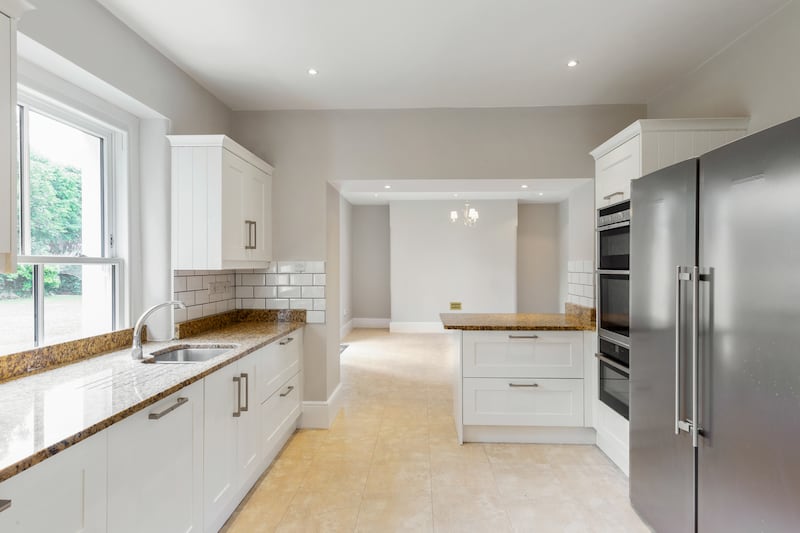
These family names resonate in the street names of this part of Dublin 6, among which one of the finest, generating some of the city’s highest property prices, is Temple Road in Dartry. Number 3, Esterel, which is for sale through Hunters with an asking price of €5.25 million, is one of four houses built between the 1850s and 1880s.
The other three – Purser House (formerly Palmerston House), Oldham House and Greenane – have long been part of Trinity Hall, the university’s off-campus student residences, which were expanded by one block in the 1970s and by three blocks in the early 2000s. All are listed in the record of protected structures in Dublin City Council’s development plan (2016-22).
There is a comprehensive architectural and cultural history of Trinity Hall, prepared in February 2020 for the college by Grade 1 conservation architects Mullarkey Pedersen, in the council’s planning file, which has been busy over the past couple of years.
In August 2020, An Bord Pleanála granted permission for 358 additional student bed spaces and four staff apartments with associated works and some demolition on the site, but in February the High Court overturned this permission following a challenge by a Temple Road resident.
So, for the moment, there will be no construction over the wall at Trinity Hall.
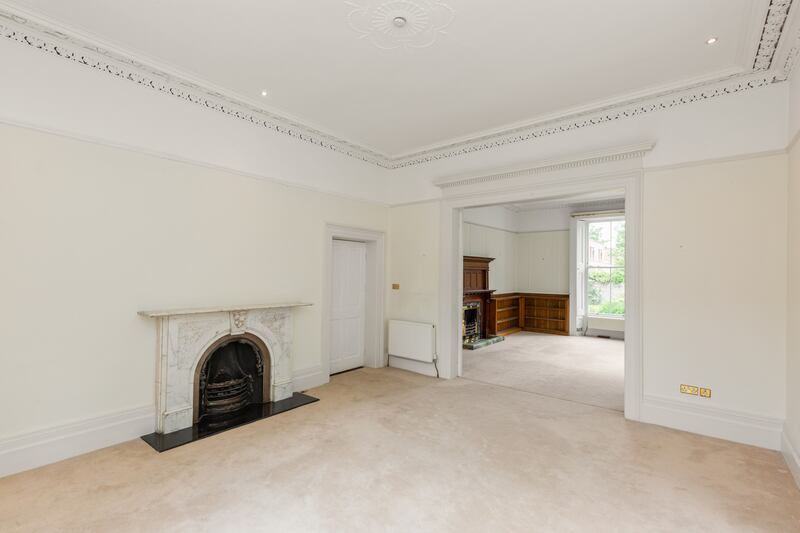
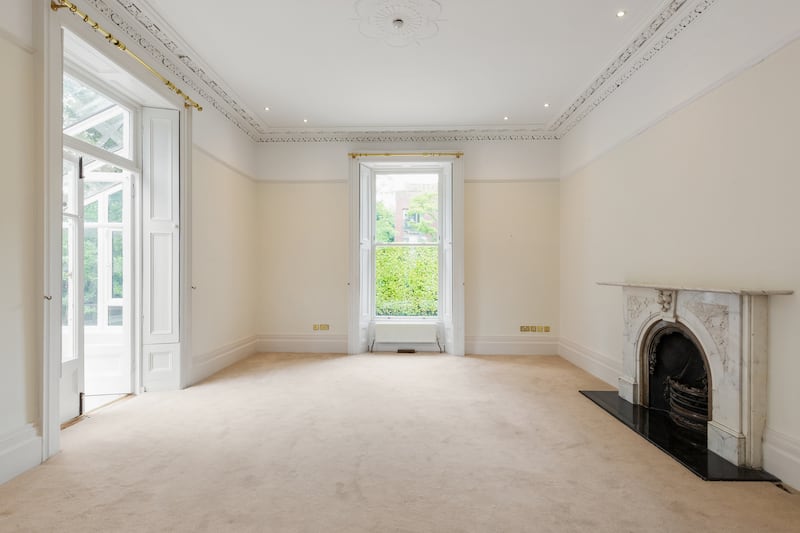
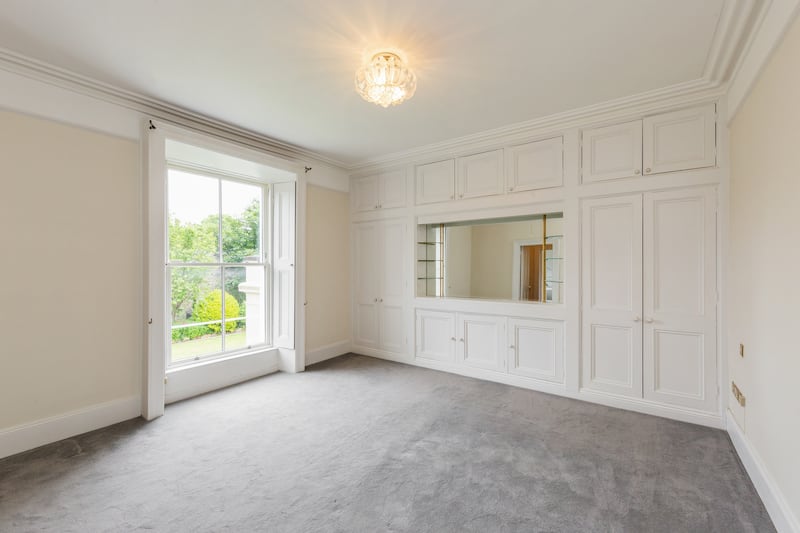
Esterel,in the same ownership for about 30 years, has been well maintained by the embassy in the 25 years of its rental. In the recent past it has been replumbed, rewired and reroofed, and repainted in neutral colours. There is a new boiler to service the gas heating, along with a new alarm and camera system, and the five bathrooms have all had a top-class overhaul. All these features enhance the period grandeur of the house, which covers about 400 sq m (4,228 sq ft) set on almost half an acre orientated east-west.
It has a sedate, three-bay frontage decorated only with a wrought-iron detail over the front door, and delicate filigree on the cornerstones. Shallow granite steps lead up to the double doors, which open to an inner porch and on through leaded and stained-glass doors to the grand hall. This is floored in black and white marble and capped with decorative 12ft ceilings, and sets the tone for the public spaces in the house.
There is a huge reception room to the left and two to the right, each with two windows, that interconnect through folding doors. These have marble fireplaces, green in the dining room to the rear and a beautiful veined white in the front room with a botanical motif picking up the design in the cornice, which carries a lot of paint. It is a pity Esterel is unfurnished, lacking grand chandeliers and formal comfort.
A uPVC sunroom off the front room seems to occupy the footprint of an earlier one, as the steps to the side garden are the same as those elsewhere, and a look at the exterior of Oldham House shows how it could be redone in a more sympathetic way, subject to planning.
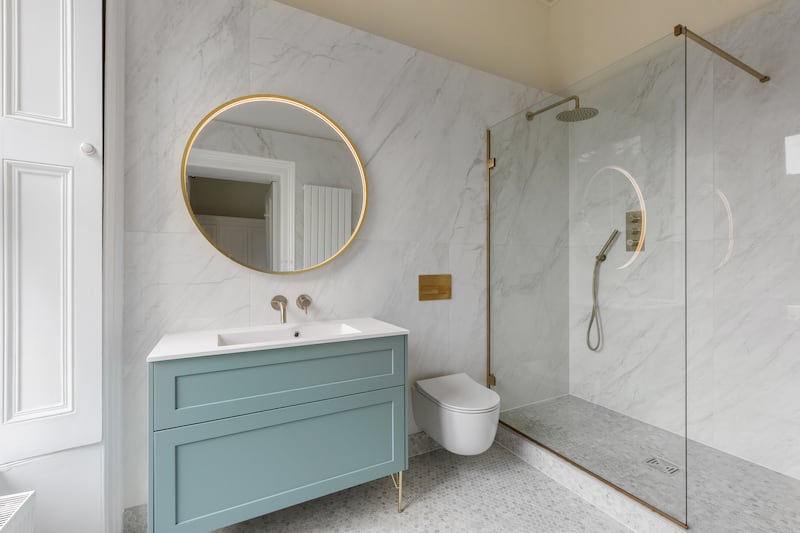
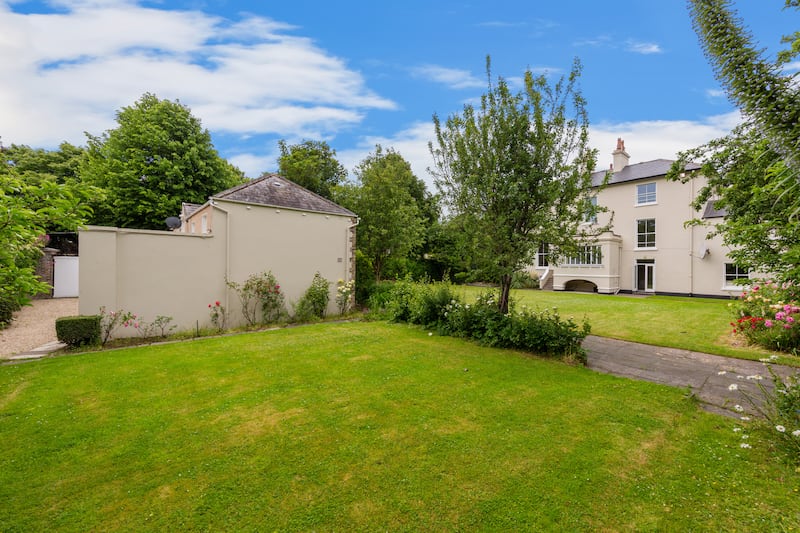
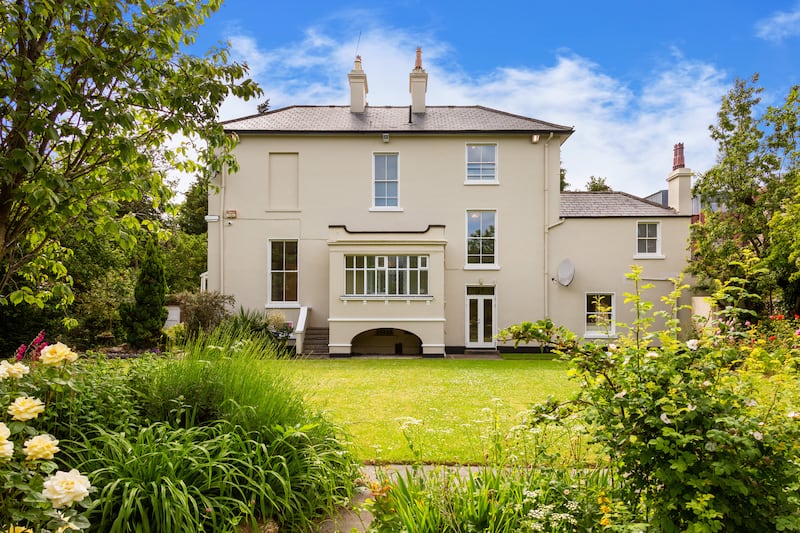
There is also access to the garden from a subsidiary porch in a bay at the other end of the hall, where there is a smart bathroom.
A wide arch leads to the stairs which sweep up past an arched window to the five double bedrooms, four on the first floor and one on the second. Two are en suite, one has a dressing room and the others have fitted wardrobes; there are two additional bathrooms upstairs. Shutters fold into deep window surrounds and some bedrooms have ceiling roses awaiting pretty fittings. There are views south to the mountains, and the student accommodation is screened by trees.
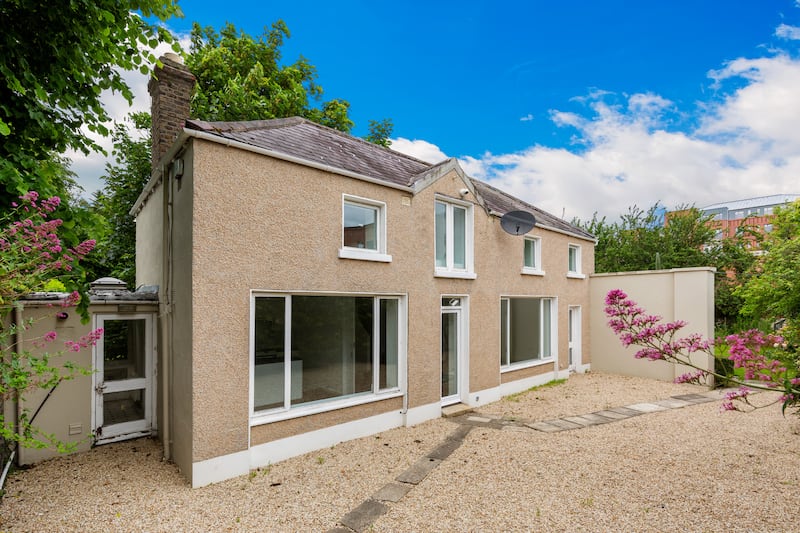
Down from the hall is a wide kitchen/breakfast room with plain white units and marble worktops. There are three doors to the garden and the side courtyard, and another from a utility. There is lots of storage space in the cellar. The house is BER-exempt.
The garden is mostly in lawn, with colourful flower beds and a greenhouse. There is potential to parcel off a portion along the back line of the two-bedroom coach house, which is rather dated but has separate vehicular access to Temple Road, and to sell this part of the plot.
There is parking for a few cars on the gravelled front garden behind electric gates and high hedges; the good transport links that drew Dubliners to Dartry in the 19th century survive in the nearby Luas and the regular 140 bus. Rathmines, Rathgar and Milltown are all very close, and the city is 3km away.










